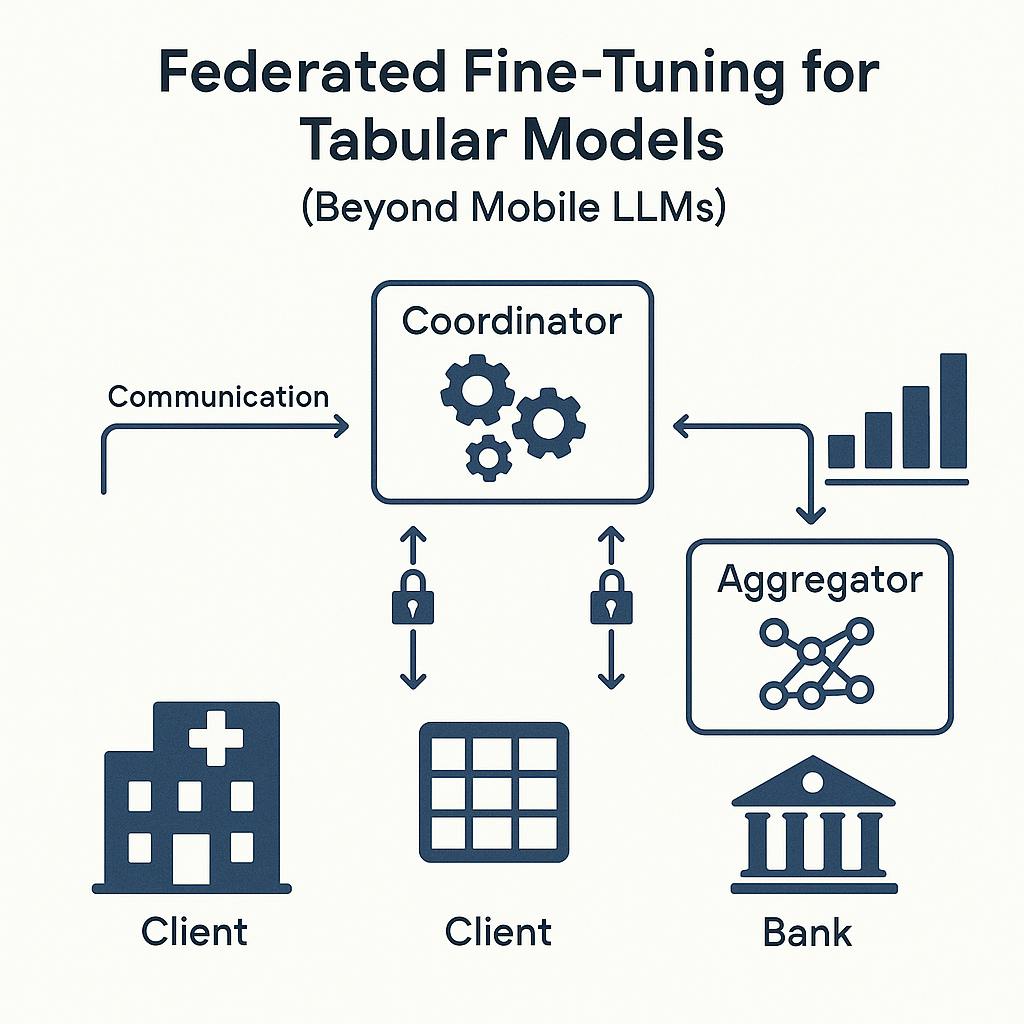The China-US robotaxi race is heating up with the emergence of new rivals. Chinese auto tech firms Horizon Robotics and Deeproute.ai said that they are working on robotaxi technology, drawn by the belief that accelerated computing and generative AI have hit a key tipping point.
Horizon Robotics will soon announce collaborations with “a number of” robotaxi fleet operators later this year, chief executive Yu Kai said on Wednesday during an earnings meeting (our translation). Yu expects the company’s “Horizon SuperDrive” advanced driver assistance solution (ADAS) to be “a technological base” needed for fully autonomous ride-hailing vehicles, as Horizon becomes a provider of “technical infrastructure.”
READ MORE: China’s Horizon Robotics envisions offering truly hands-off driving in three years
Hong Kong-listed and Volkswagen-backed Horizon is not alone. Deeproute.ai, whose investors include Alibaba and Great Wall Motor, is planning to build its robotaxis using its so-called Vision Language Action (VLA) model that is already being implemented on production cars. The Shenzhen-based startup had an early history of making sci-fi-like robotaxis back in 2019, but has shifted its priority to developing more realistic ADAS systems for automakers since 2022.
Horizon and Deeproute are among the Chinese companies who believe that emerging artificial intelligence technologies, such as end-to-end (E2E) neural networks and large language models (LLMs), will enable them to gradually transition from less advanced assisted driving to fully autonomous driving. The whole industry will eventually move towards all-scenario, driverless mobility within the next five to 10 years, Yu told investors.
READ MORE: Chinese companies take on Tesla’s Full Self-Driving with non-lidar approach, end-to-end AI
China’s robotaxi market is becoming crowded. CATL is another new entrant, in collaboration with Alibaba’s fintech arm Ant Financial and bike-sharing platform Hellobike, while Momenta, another Chinese ADAS developer, reached a deal with Uber for robotaxi deployment in May. Xpeng Motors, China’s Tesla challenger, is also looking to test its robotaxis in 2026. Baidu is by far the leader in the sector, with a fleet size of more than 1,000 cars and a footprint in a dozen Chinese cities, followed by Guangzhou-headquartered Pony.ai and WeRide.
Experts see great potential for robocars as the technology matures and labor costs surge. UBS estimated robotaxi companies could be operating more than 300,000 cars together in a 3,000-square-kilometer (1,158-square-mile) area in China’s four top-tier cities by the early 2030s, and later expand their fleets nationwide to four million units by the end of the decade. That refers to a market size of $8 billion and $183 billion, respectively.
READ MORE: China greenlights autonomous ride-hailing service in all first-tier cities | WAIC 2025
Local governments tend to be rather conservative when promoting highly autonomous vehicles due to concerns over safety and employment. Nevertheless, Morgan Stanley recently said it expects a new round of government licenses to be granted in China as robotaxis become more reliable. Meanwhile, it believes progress in global development of robotaxis will outpace China’s robotaxi rollout.
“The progress of Tesla’s robotaxi rollout would pressure global ride-hailing to move faster,” Morgan Stanley analysts led by Tim Hsiao wrote on July 29. Waymo is the clear global leader, but Tesla is poised to replace it, reported Reuters. The global market size, excluding the US, is expected to reach $394 billion by the late 2030s, and that growth could be exponential and not linear, UBS analyst Paul Gong told TechNode on Thursday.











